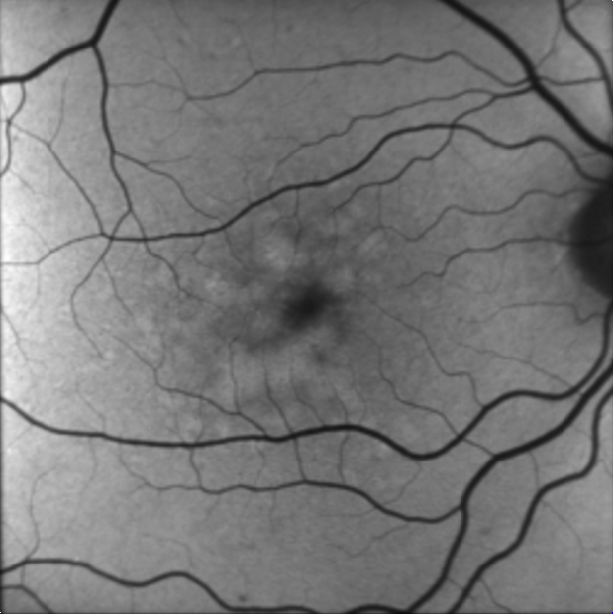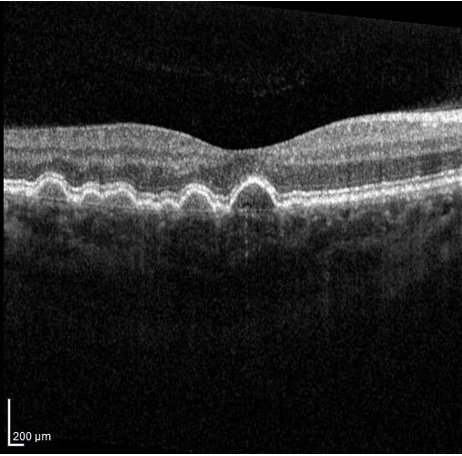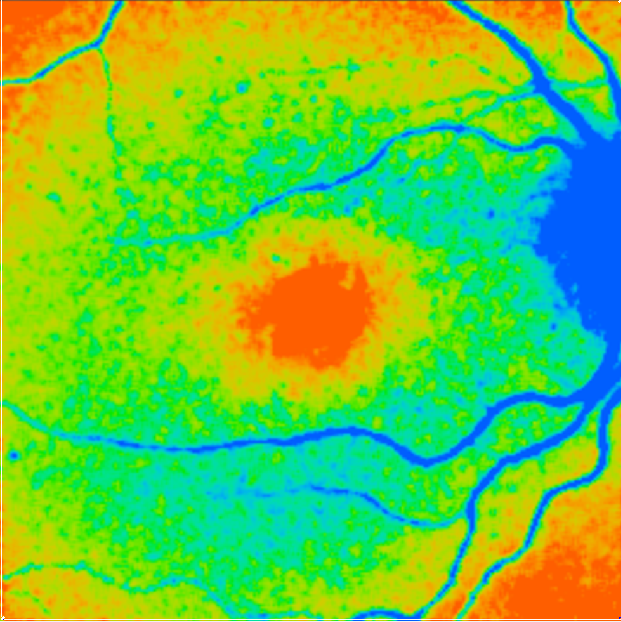Public projects
METANETZ
Early detection and treatment of metabolic degeneration on the retina of the eye
Open your eyes
The eyesight is the most important sensory perception for most people. Many things of everyday life are hard to imagine without seeing. In the case of changes that result in a reduction in vision, many treatment options are already being consulted. The simplest are glasses or contact lenses. But eye laser treatments are becoming safer and therefore more popular. Cataract surgery is a common procedure in old age to restore vision.
However, there are other eye conditions, such as age-related macular degeneration (AMD) or diabetic retinopathy (DR), which have not been treated with great success. These eye disorders, which result in an impairment or even the loss of vision, put a great burden on the affected person and occur more and more often. In addition to the huge financial burden on society, the psychological impact on the individual is dramatic.
The diagnostic and therapeutic application of optical technologies to the eye for early detection and minimally invasive surgery is considered a promising approach.
With functional imaging and retinal stimulation for better vision in old age
The long-term goal of the collaborative efforts is to significantly reduce the number of patients with severe retinal diseases and associated visual impairment. Both diseases, AMD and DR, are based on metabolic disorders that develop slowly, so that the deterioration of vision becomes apparent later. Often it is then only possible to reduce disease progression or no treamtent is possible at all.
Within the framework of this colaboration, the very first signs of metabolic changes on the retina that occur before structurally or subjectively noticeable changes are to be detected by measuring the decay time of autofluorescence of the retina (ie measuring the temporal change of natural fluorescence without dye addition). The so-called fluorescence lifetime ophthalmoscopy (FLIO) is an innovative, new imaging method and potentially very promising diagnostic procedure.
With early disease diagnosis, the introduction of gentle, regenerative therapies is highly desirable. There are promising approaches and clinical results with different laser techniques that stimulate the fundus or selectively stimulate cells to regenerate. For this purpose, the green emitting high-performance laser diodes, which have only recently been available, are to be used, which, owing to their rapid modulability, should be very flexibly usable for retinal stimulation.
In the project, FLIO with and without laser irradiation will first be studied on basic biological models in order to better understand metabolic processes and their disease-related changes in detail. In a clinical study with AMD risk patients at the Department of Ophthalmology of the University Hospital Schleswig-Holstein, Campus Lübeck, the regenerative, metabolically activating potential of the laser treatment is then recorded using FLIO and other methods. The findings are published on the one hand in scientific journals and popular media, and on the other hand transferred to new medical devices and brought to the market soon.




